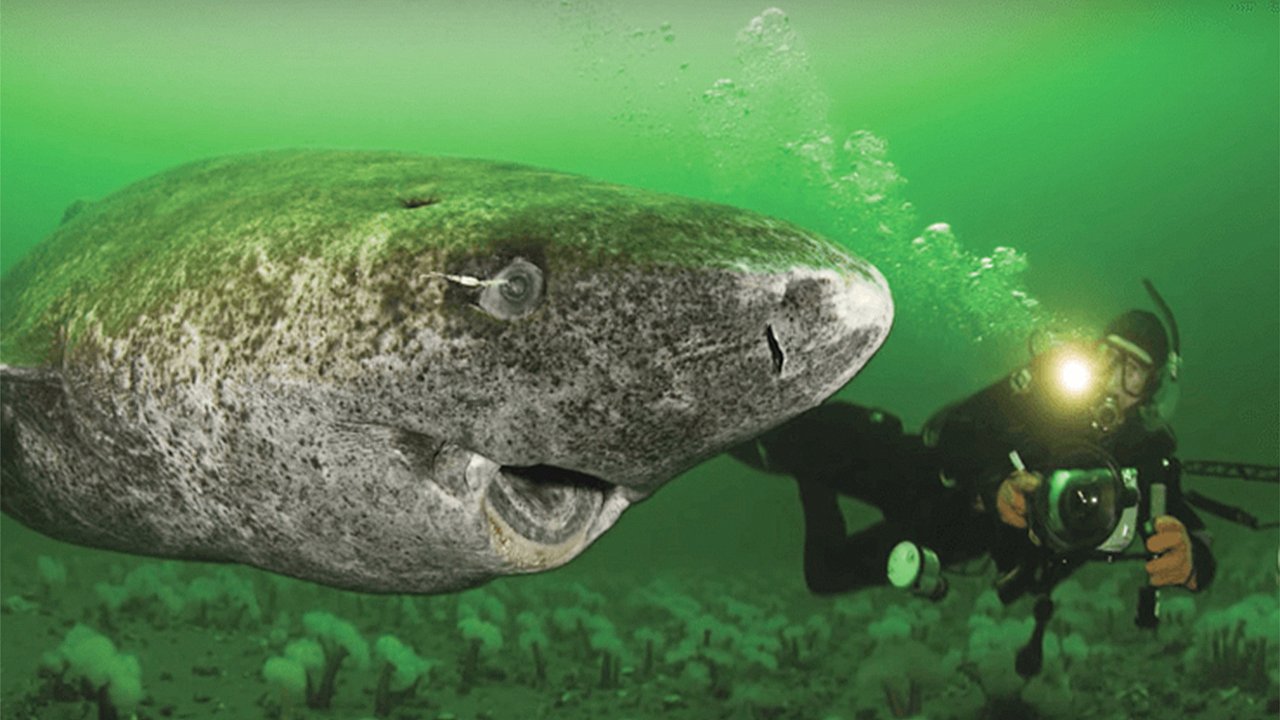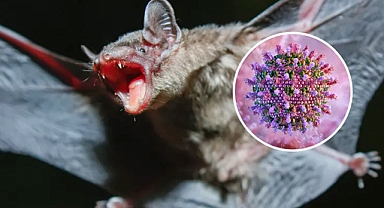512-Year-Old Greenland Shark Stuns Scientists with Unprecedented Longevity
In a discovery that’s rewriting our understanding of vertebrate lifespans, marine scientists have identified a Greenland shark that may be up to 512 years old—making it potentially the oldest living vertebrate ever recorded. Belonging to the family Somniosidae, also known as "sleeper sharks" due to their sluggish nature, this deep-sea predator has quietly outlived generations of humans, tracing its birth as far back as 1505—before Shakespeare was born and during the height of the Renaissance.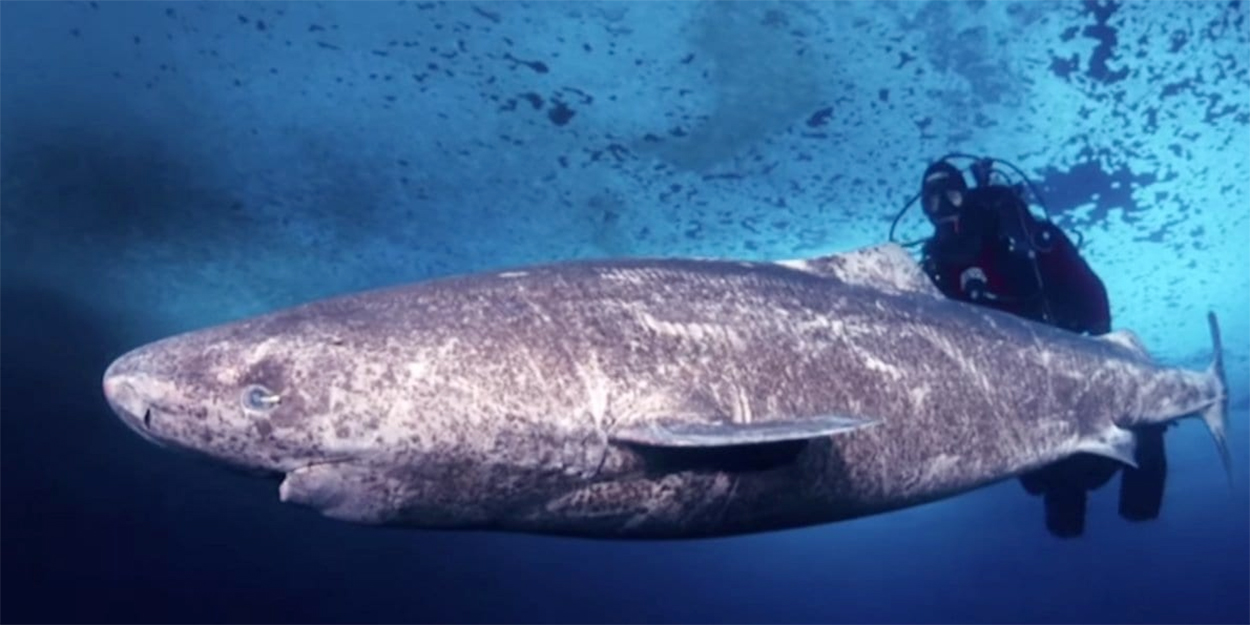 Meet the Slow-Growing Giants of the Arctic
Meet the Slow-Growing Giants of the Arctic
Greenland sharks are renowned for their exceptionally slow growth and long life. Unlike most creatures on Earth, they mature at an incredibly delayed pace, reaching reproductive age only around 150 years old. Previous records have estimated their lifespan at up to 400 years, but the discovery of a 512-year-old specimen smashes that benchmark. According to scientists, these sharks likely owe their long lives to their cold water habitat, slow metabolism, and minimal exposure to predators.A Radiocarbon Revelation
This age-defying find was revealed through research led by marine biologist Julius Nielsen, whose study was published in the journal Science. Nielsen and his team developed a method involving radiocarbon dating of eye lens proteins to estimate the age of Greenland sharks more accurately than ever before. By analyzing the lenses, which contain metabolically inert tissue formed when the shark was a juvenile, they could estimate the shark's birth era with impressive precision.A Record-Breaking Vertebrate
If confirmed, the age of 512 years would make this Greenland shark not only the oldest of its kind but the longest-living vertebrate ever discovered. “It tells us this animal is truly extraordinary and among the absolute oldest of any creature with a spine,” Nielsen said. Previous efforts to determine shark ages relied on measuring body size, but this proved unreliable—especially for slow-growing species like this one.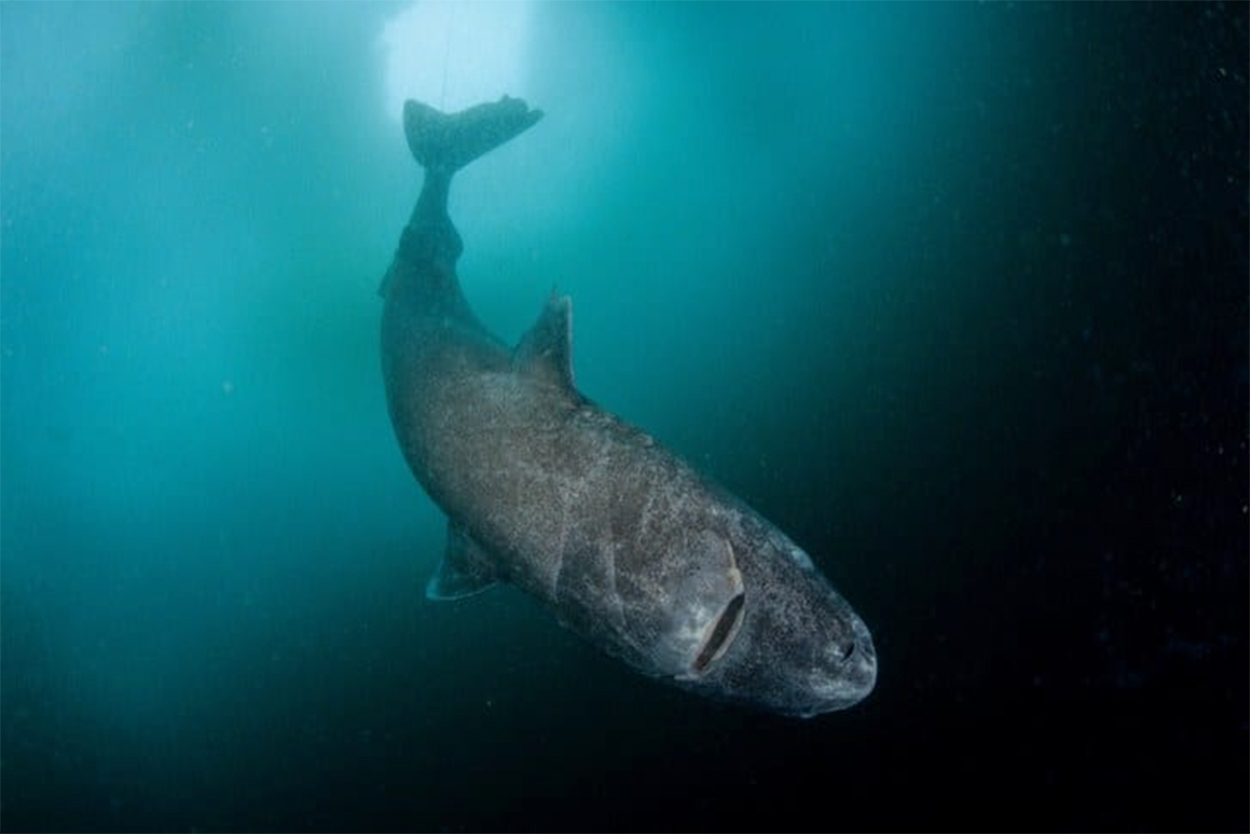 A New Era of Age Estimation
A New Era of Age Estimation
Traditional aging techniques have been largely ineffective when it comes to Greenland sharks. These methods assumed a consistent growth rate—around 0.4 inches per year—but didn’t account for environmental or individual variations. Nielsen’s radiocarbon dating method brought a level of accuracy previously missing from shark longevity studies. For this research, his team analyzed 28 individual sharks, confirming that many lived several centuries.Apex Predators in the Arctic Shadows
Despite their slow movements, Greenland sharks are the apex predators of the Arctic marine ecosystem, feeding on various animals, including scavenged remains of seals and even polar bears. Their mysterious lives beneath the ice have made them difficult to study. Interestingly, many are observed with eye parasites, leading to partial blindness, yet they still thrive in the dark Arctic waters.Genetic Clues from Around the World
These sharks are also surprisingly well-traveled. Genetic studies have shown that Greenland sharks across the globe have remarkably similar DNA, suggesting they originate from a single population that dispersed over time. They tend to migrate long distances, likely due to environmental conditions and slow developmental changes. Yet, despite widespread interest, very little is still known about their reproductive behaviors, which remain one of the species’ greatest mysteries.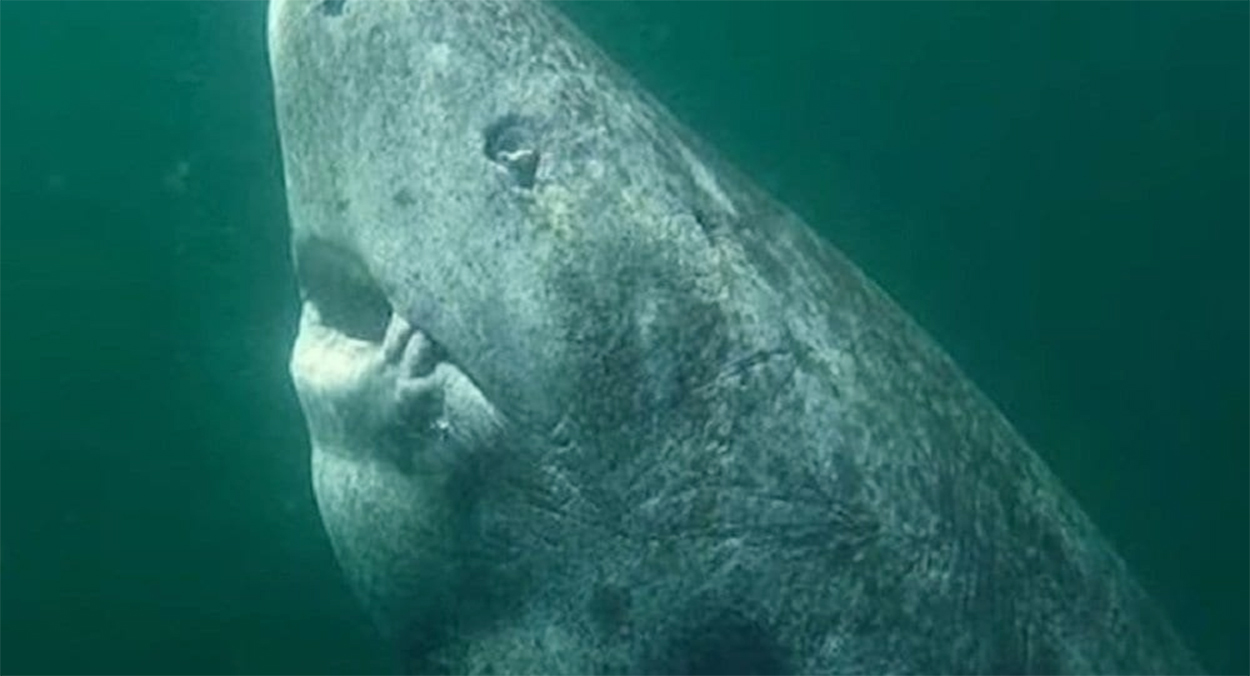 Unlocking the Secrets of Longevity
Unlocking the Secrets of Longevity
Following this discovery, researchers are now shifting their focus to the shark’s genetic makeup. An international team from Denmark, Greenland, the USA, and China is working to sequence the Greenland shark's entire nuclear genome. Their goal is to understand what genetic factors contribute to such extreme longevity—and potentially apply those insights to other species, including humans.Nielsen believes that cold water temperatures and a sluggish metabolism are likely contributors to the shark’s incredible lifespan, but he emphasizes that this remains speculative until further data emerges. “This is just the beginning,” he said. “With deeper genetic insights, we might uncover fundamental biological principles behind aging itself.”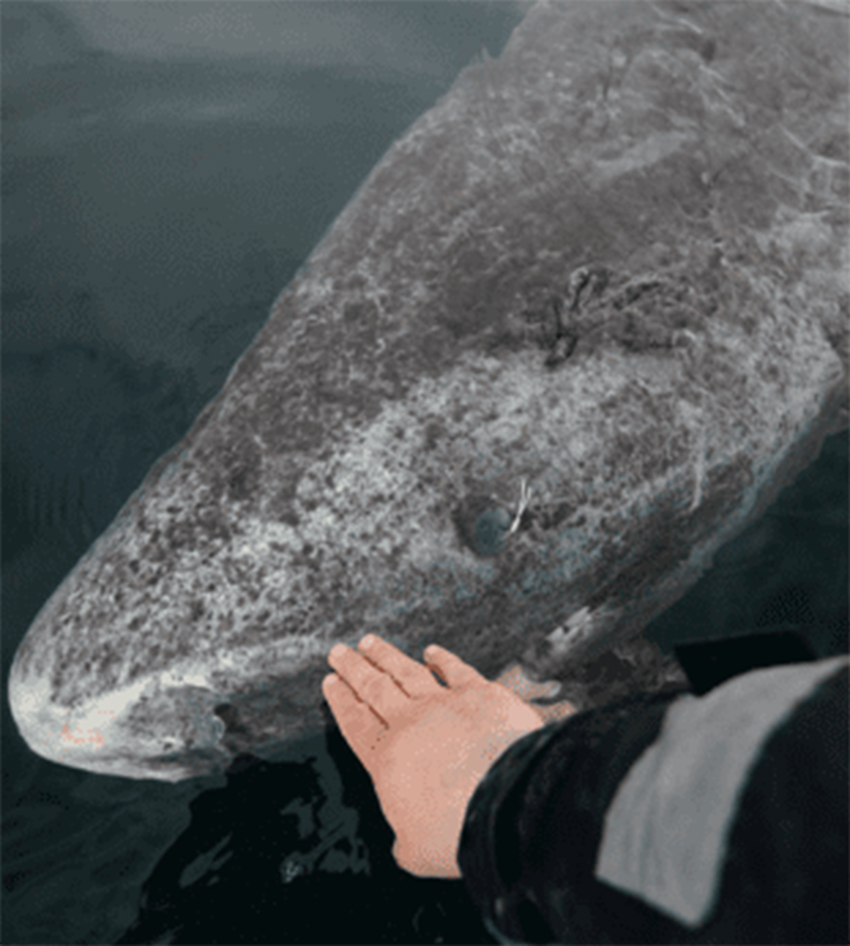 A Living Link to the Distant Past
A Living Link to the Distant Past
To put the age of this Greenland shark in perspective: if it was truly born in 1505, it has survived through centuries of human history, from the reign of Henry VIII to the modern digital age. Its life quietly unfolding beneath the icy waters of the Arctic, this ancient creature serves as a living time capsule—and possibly, a biological key to understanding the secrets of life itself.
In a discovery that’s rewriting our understanding of vertebrate lifespans, marine scientists have identified a Greenland shark that may be up to 512 years old—making it potentially the oldest living vertebrate ever recorded. Belonging to the family Somniosidae, also known as "sleeper sharks" due to their sluggish nature, this deep-sea predator has quietly outlived generations of humans, tracing its birth as far back as 1505—before Shakespeare was born and during the height of the Renaissance.
 Meet the Slow-Growing Giants of the Arctic
Meet the Slow-Growing Giants of the ArcticGreenland sharks are renowned for their exceptionally slow growth and long life. Unlike most creatures on Earth, they mature at an incredibly delayed pace, reaching reproductive age only around 150 years old. Previous records have estimated their lifespan at up to 400 years, but the discovery of a 512-year-old specimen smashes that benchmark. According to scientists, these sharks likely owe their long lives to their cold water habitat, slow metabolism, and minimal exposure to predators.A Radiocarbon Revelation
This age-defying find was revealed through research led by marine biologist Julius Nielsen, whose study was published in the journal Science. Nielsen and his team developed a method involving radiocarbon dating of eye lens proteins to estimate the age of Greenland sharks more accurately than ever before. By analyzing the lenses, which contain metabolically inert tissue formed when the shark was a juvenile, they could estimate the shark's birth era with impressive precision.A Record-Breaking Vertebrate
If confirmed, the age of 512 years would make this Greenland shark not only the oldest of its kind but the longest-living vertebrate ever discovered. “It tells us this animal is truly extraordinary and among the absolute oldest of any creature with a spine,” Nielsen said. Previous efforts to determine shark ages relied on measuring body size, but this proved unreliable—especially for slow-growing species like this one.
 A New Era of Age Estimation
A New Era of Age EstimationTraditional aging techniques have been largely ineffective when it comes to Greenland sharks. These methods assumed a consistent growth rate—around 0.4 inches per year—but didn’t account for environmental or individual variations. Nielsen’s radiocarbon dating method brought a level of accuracy previously missing from shark longevity studies. For this research, his team analyzed 28 individual sharks, confirming that many lived several centuries.Apex Predators in the Arctic Shadows
Despite their slow movements, Greenland sharks are the apex predators of the Arctic marine ecosystem, feeding on various animals, including scavenged remains of seals and even polar bears. Their mysterious lives beneath the ice have made them difficult to study. Interestingly, many are observed with eye parasites, leading to partial blindness, yet they still thrive in the dark Arctic waters.Genetic Clues from Around the World
These sharks are also surprisingly well-traveled. Genetic studies have shown that Greenland sharks across the globe have remarkably similar DNA, suggesting they originate from a single population that dispersed over time. They tend to migrate long distances, likely due to environmental conditions and slow developmental changes. Yet, despite widespread interest, very little is still known about their reproductive behaviors, which remain one of the species’ greatest mysteries.
 Unlocking the Secrets of Longevity
Unlocking the Secrets of LongevityFollowing this discovery, researchers are now shifting their focus to the shark’s genetic makeup. An international team from Denmark, Greenland, the USA, and China is working to sequence the Greenland shark's entire nuclear genome. Their goal is to understand what genetic factors contribute to such extreme longevity—and potentially apply those insights to other species, including humans.Nielsen believes that cold water temperatures and a sluggish metabolism are likely contributors to the shark’s incredible lifespan, but he emphasizes that this remains speculative until further data emerges. “This is just the beginning,” he said. “With deeper genetic insights, we might uncover fundamental biological principles behind aging itself.”
 A Living Link to the Distant Past
A Living Link to the Distant PastTo put the age of this Greenland shark in perspective: if it was truly born in 1505, it has survived through centuries of human history, from the reign of Henry VIII to the modern digital age. Its life quietly unfolding beneath the icy waters of the Arctic, this ancient creature serves as a living time capsule—and possibly, a biological key to understanding the secrets of life itself.
